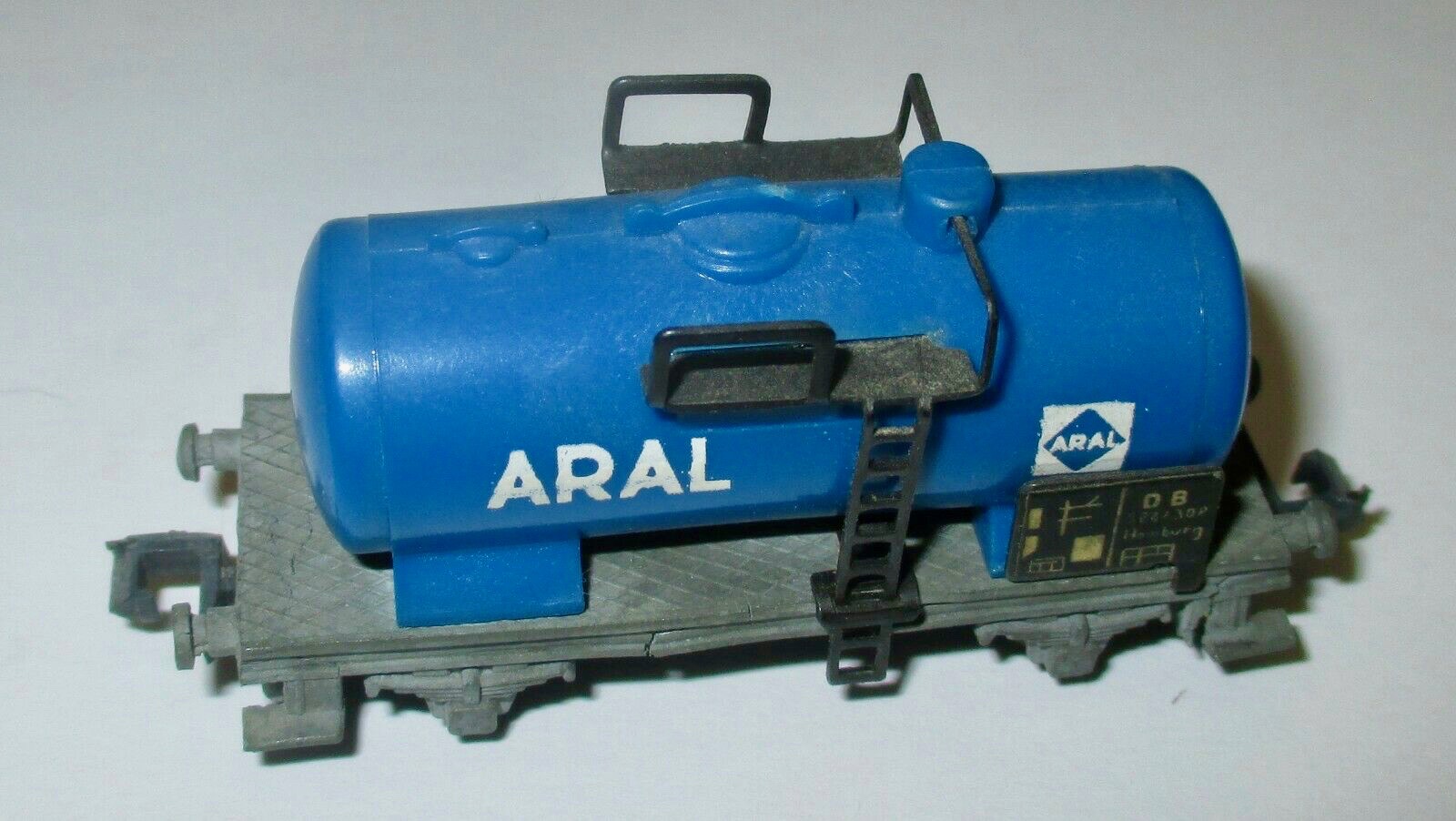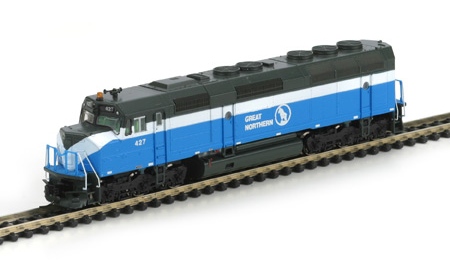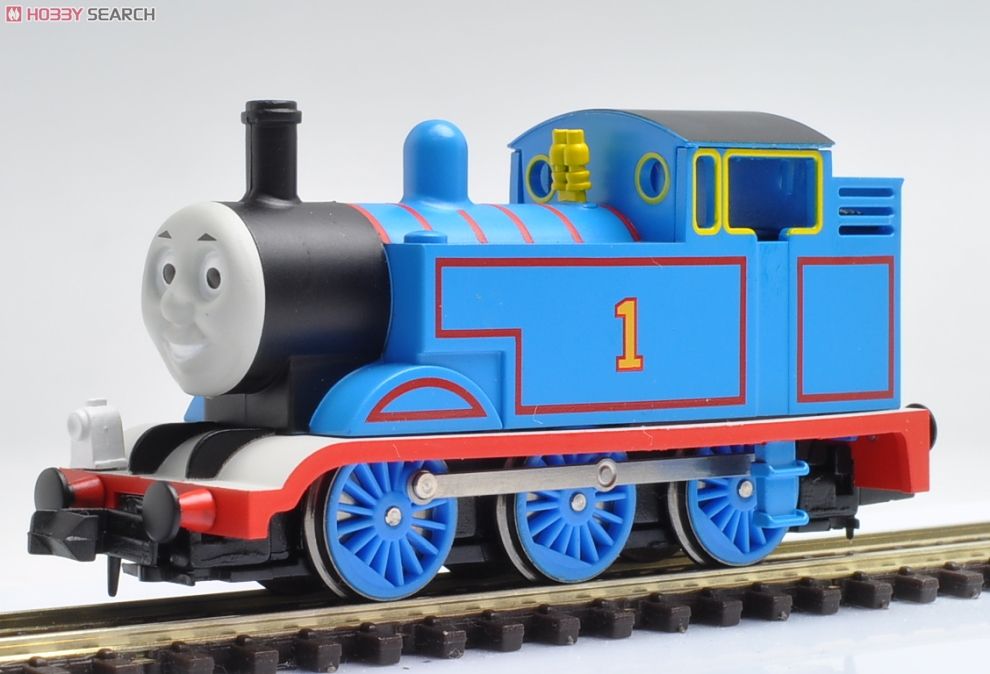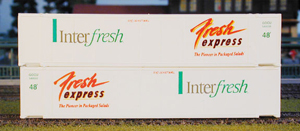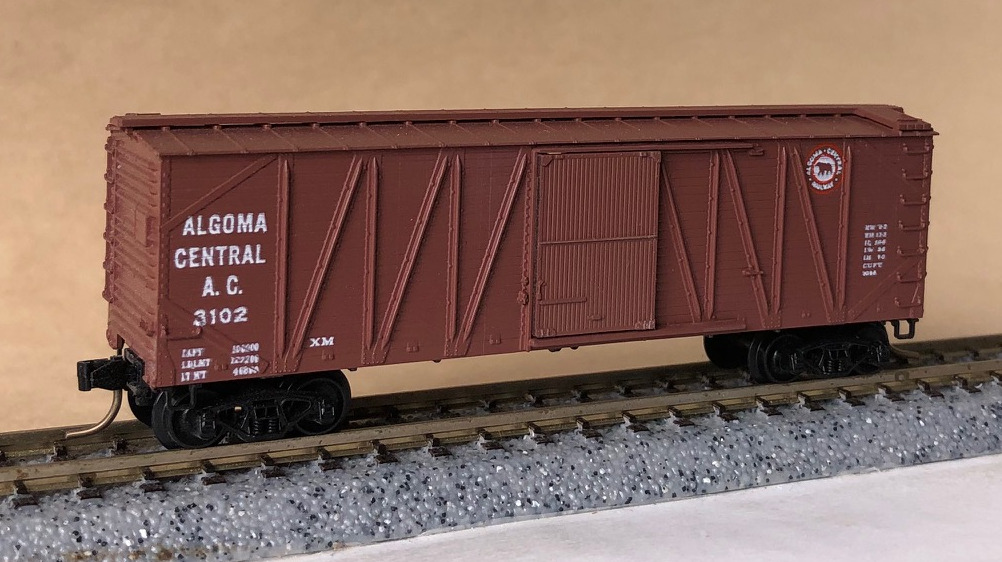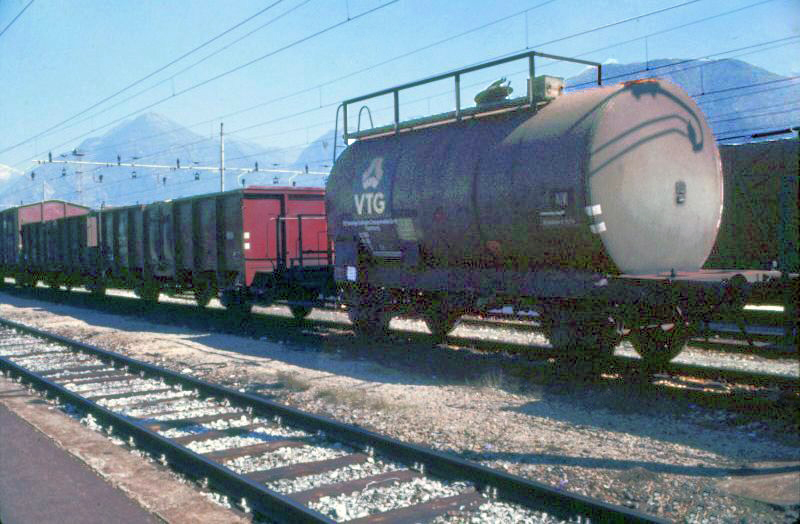Model Information: Arnold introduced these cars in the 1960s. They appear in the 1966 catalog and are described as follows: "These tank cars are models of privately owned cars belonging to various oil companies. The model of four wheel tank cars have plastic super structures and burnished metal chassis. There are sprung automatic couplers at both ends. The needle point steel axles run in journal boxes with imitation steel springs."
Herkat has used this body style to manufacture track cleaning cars which have been imported by both Kato and Con-Cor.
Personally, I find the glued-on placards to be really cheesy, and make an otherwise nice model to look quite amateurish. Arnold could have done better.
Herkat has used this body style to manufacture track cleaning cars which have been imported by both Kato and Con-Cor.
Personally, I find the glued-on placards to be really cheesy, and make an otherwise nice model to look quite amateurish. Arnold could have done better.
Prototype History: Tank cars are a railroad staple. They have been around since the first half of the 20th century. These railcars carry a wide array of commodities, including liquid fertilizers, chemicals, fuel oils and asphalt, and food-grade oils. Tank cars can be pressurized or non-pressurized, insulated or non-insulated. Single dome cars carry only a single commodity at once. Food-service tank cars may be lined with stainless steel, glass, or plastic. Tank cars carrying dangerous goods are generally made of different types of steel, depending on the intended cargo and operating pressure. They may also be lined with rubber or coated with specialized coatings for tank protection or product purity purpose. The tank heads are also stronger to prevent ruptures during accidents.
Road Name History: 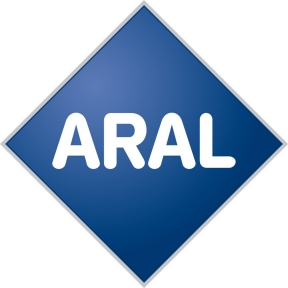 Aral is a brand of automobile fuels and petrol stations, present in Germany and Luxembourg, but formerly used in most countries of Western and Central Europe. The company behind the brand name, Aral AG (previously Veba Öl AG), is owned by BP, but was established in 1898 as Westdeutsche Benzol-Verkaufs-Vereinigung GmbH. The Aral brand was introduced in 1924 and is a portmanteau of the German words "Aromaten" and "Aliphaten", alluding to the aromatic and aliphatic components found in gasoline, respectively.
Aral is a brand of automobile fuels and petrol stations, present in Germany and Luxembourg, but formerly used in most countries of Western and Central Europe. The company behind the brand name, Aral AG (previously Veba Öl AG), is owned by BP, but was established in 1898 as Westdeutsche Benzol-Verkaufs-Vereinigung GmbH. The Aral brand was introduced in 1924 and is a portmanteau of the German words "Aromaten" and "Aliphaten", alluding to the aromatic and aliphatic components found in gasoline, respectively.
On 15 July 2001 it was agreed that 51% of the stakes in Veba Öl AG would be acquired by Deutsche BP AG. Beginning 1 February 2002 the acquisition was completed. The Aral brand name was retained, and 650 BP stations in Germany were rebranded to Aral.[1] 6 BP branded filling stations remained operational in Germany to protect the company's rights to the name, while elsewhere, as Poland and Austria, the Aral stations were switched to BP. In some countries the Aral national chains were sold. Aral's slogan is "Alles super".
From Wikipedia

On 15 July 2001 it was agreed that 51% of the stakes in Veba Öl AG would be acquired by Deutsche BP AG. Beginning 1 February 2002 the acquisition was completed. The Aral brand name was retained, and 650 BP stations in Germany were rebranded to Aral.[1] 6 BP branded filling stations remained operational in Germany to protect the company's rights to the name, while elsewhere, as Poland and Austria, the Aral stations were switched to BP. In some countries the Aral national chains were sold. Aral's slogan is "Alles super".
From Wikipedia
Brand/Importer Information:  Founded in 1906 by Karl Arnold in Nuernberg, K. Arnold & Co. began its life producing tin toys and related items. They produced an extensive line of model ships, doll house items and other toys. In 1935, K. Arnold & Co. hired Max Ernst as their managing director. Ernst, not to be confused with the German realist artist of the same name, was a significant factor in the future of Arnold.
Founded in 1906 by Karl Arnold in Nuernberg, K. Arnold & Co. began its life producing tin toys and related items. They produced an extensive line of model ships, doll house items and other toys. In 1935, K. Arnold & Co. hired Max Ernst as their managing director. Ernst, not to be confused with the German realist artist of the same name, was a significant factor in the future of Arnold.
There are several distinct phases of Arnold's model train production. In the period of 1960 - 1962, Arnold marketed the Arnold Rapido 200 product line; this line was very crude yet it also was a sensation because of its much smaller size than TT.
The next phase was from 1963-1967, when the rapido product line begins to swing toward scale representations of the trains. It is during this period that the "Rapido Coupler" comes into production, beginning its widespread use by all model train manufacturers in N-Scale. It was in 1964 that the term "N-Scale" came into use. Between 1968 and 1970, rapido line of trains reached maturity, notably with its turntable and roundhouse. Arnold entered into a business relationship with the U.S. company Revell around 1968, beginning the marketing of Revell Rapido model trains. This relationship was marked by the beginning of production of more accurate North American prototype models by Arnold. This relationship continued for several years, ending in the late 1960s or early 1970s. Arnold continued their expanded production, with new models until the early 1990s.
On Max Ernst's 1976 retirement, Arnold employed perhaps 200 to 250 people, using three facilities in the Nurnberg area. The Company continued under family control until 1995, when Arnold went into bankruptcy and was sold to Rivarossi of Italy. Rivarossi, in turn, also went bankrupt, leading to the sale of all assets to Hornby of the United Kingdom. Production is carried out in China.

There are several distinct phases of Arnold's model train production. In the period of 1960 - 1962, Arnold marketed the Arnold Rapido 200 product line; this line was very crude yet it also was a sensation because of its much smaller size than TT.
The next phase was from 1963-1967, when the rapido product line begins to swing toward scale representations of the trains. It is during this period that the "Rapido Coupler" comes into production, beginning its widespread use by all model train manufacturers in N-Scale. It was in 1964 that the term "N-Scale" came into use. Between 1968 and 1970, rapido line of trains reached maturity, notably with its turntable and roundhouse. Arnold entered into a business relationship with the U.S. company Revell around 1968, beginning the marketing of Revell Rapido model trains. This relationship was marked by the beginning of production of more accurate North American prototype models by Arnold. This relationship continued for several years, ending in the late 1960s or early 1970s. Arnold continued their expanded production, with new models until the early 1990s.
On Max Ernst's 1976 retirement, Arnold employed perhaps 200 to 250 people, using three facilities in the Nurnberg area. The Company continued under family control until 1995, when Arnold went into bankruptcy and was sold to Rivarossi of Italy. Rivarossi, in turn, also went bankrupt, leading to the sale of all assets to Hornby of the United Kingdom. Production is carried out in China.
Item created by: gdm on 2017-09-16 09:32:33. Last edited by CNW400 on 2020-10-07 11:31:50
If you see errors or missing data in this entry, please feel free to log in and edit it. Anyone with a Gmail account can log in instantly.
If you see errors or missing data in this entry, please feel free to log in and edit it. Anyone with a Gmail account can log in instantly.


